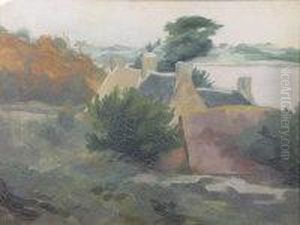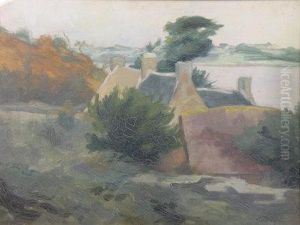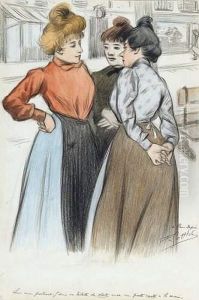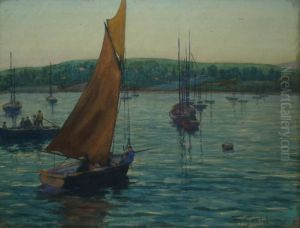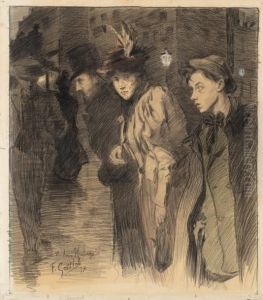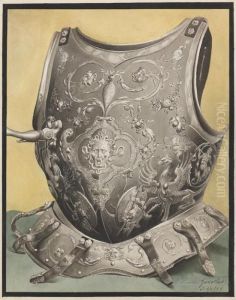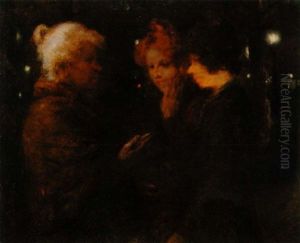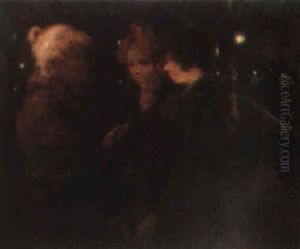Fernand Louis Gottlob Paintings
Fernand Louis Gottlob, a relatively obscure figure in the pantheon of art history, was born in 1873 and passed away in 1933. Despite not achieving widespread recognition, his contributions to the art world during his lifetime were notable for their innovative approach and distinctive style. Gottlob's work primarily spanned the late 19th and early 20th centuries, a period characterized by rapid changes in artistic styles and movements.
Gottlob's artistic journey began in an era dominated by Impressionism, yet his work did not strictly adhere to the conventions of any single movement. Instead, he experimented with various styles, including elements of Post-Impressionism and Symbolism. His exploration of color, form, and composition reflected a deep engagement with the evolving modernist aesthetic of his time.
Throughout his career, Gottlob remained somewhat detached from the mainstream art scene, choosing instead to focus on his personal vision. His artwork often depicted scenes of everyday life, imbued with a sense of emotional depth and complexity. Despite his talent and unique approach, Gottlob did not achieve significant commercial success during his lifetime, and his works were only sporadically exhibited.
After his death in 1933, Fernand Louis Gottlob's contributions to art were gradually forgotten, overshadowed by his more famous contemporaries. However, recent years have seen a renewed interest in his work, with art historians and collectors beginning to appreciate the subtle nuances and originality of his oeuvre. Today, Gottlob's paintings are recognized for their contribution to the broader narrative of early modernist art, offering insight into the diverse and experimental nature of this pivotal period in art history.
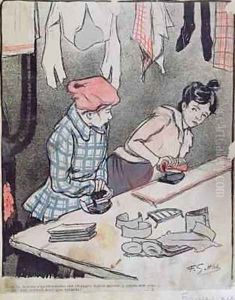
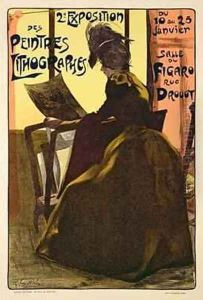
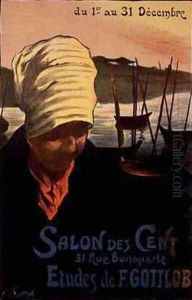
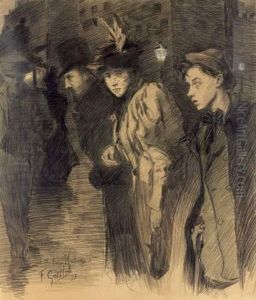
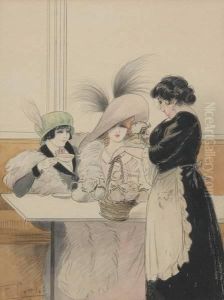
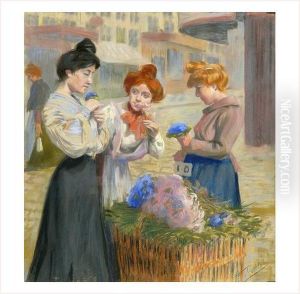
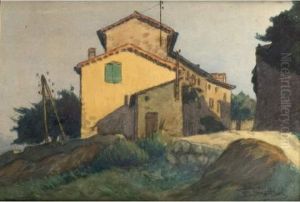
![< Gigot Bretonne > [la Bretonne Et Le Boucher]. Vers 1900.](https://www.niceartgallery.com/imgs/626021/s/fernand-louis-gottlob-gigot-bretonne-la-bretonne-et-le-boucher-vers-1900-8af3c2aa.jpg)
